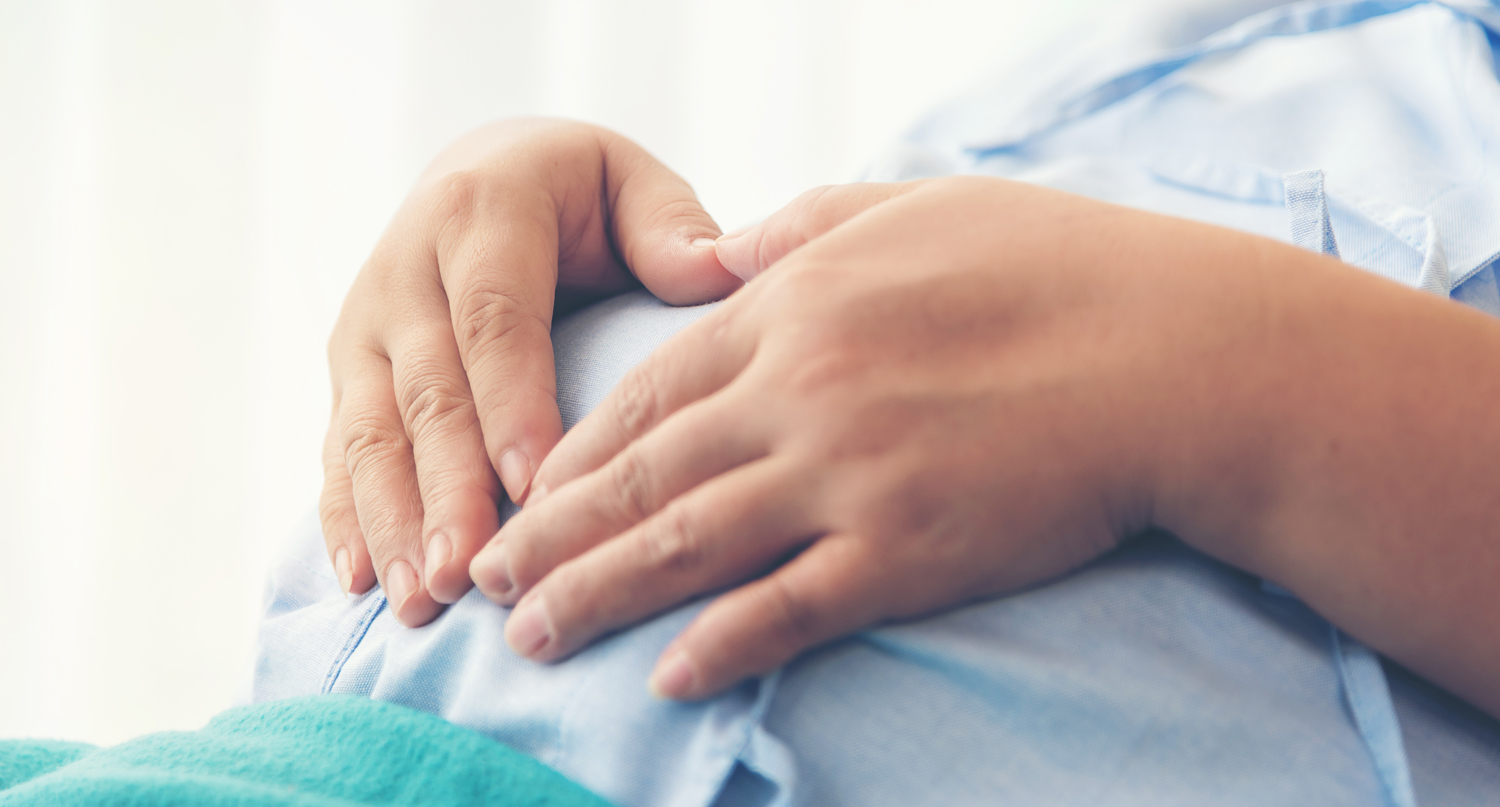

However, as most pregnancies will not go past 42 weeks anyway this information has limited significance for the average expectant woman. If done at each appointment from 38 weeks on, membrane sweeping was shown to slightly reduce the number of pregnancies that go past 41 and 42 weeks. Studies do show that having the membranes swept can create clinically significant results. The agitation of this area and manipulation of the membranes may cause the body to increase production of prostaglandins, ie the hormones that are thought to ripen the cervix in preparation for labor. A finger is placed into the cervix, then in technical terms, “the inferior pole of the membranes is detached from the lower uterine segment by a circular movement of the examining finger”.* In lay terms that means that a finger is placed through the cervix and separates the membranes of the amniotic sac from the bottom part of the uterus, lifts it up a bit and a finger is run around the exposed diameter. Sweeping of the membranes, also called stripping or stretching, is a procedure performed during a vaginal exam. What does SOGC (Society of Obstetricians and Gynaecologists of Canada) recommend? The SOGC recommends that women should be offered the option of membrane sweeping commencing at 38 to 41 weeks, following a discussion of risks and benefits.Sweeping, stretching and stripping all sound a bit scary, after all one’s lower uterus is not used to getting much action.

Sweeping of the membranes at term (38–41 weeks) reduced the frequency of pregnancies continuing after 41+0 weeks. A recent Cochrane review assessed 22 trials involving sweeping membranes.Multiple studies have established membrane sweeping as a safe practice that does not increase maternal or fetal morbidity or mortality. Potential increased incidence of prelabour rupture of membranes (mixed studies).Bleeding from an undiagnosed previa, rare as it is usually diagnosed by ultrasound.Unintentional rupture of membranes (water breaking), rare.May decrease the need for formal induction at 41 weeks gestation In some trials, membrane sweeping has been an effective outpatient method for reducing pregnancies that go beyond 41 Plasma prostaglandins levels after a membrane sweep are 10% of those achieved with labour therefore possibly improving labour outcomesĬan be beneficial for first time mamas with an unfavourable Bishop score (Tool used by clinicians to determine cervical status)


No! It is your decision whether you would like to have a membrane sweep after aĭiscussion of the benefits and risks with your healthcare provider. This procedure encourages the release of endogenous prostaglandins that soften the cervix and may encourage contractions. Your healthcare provider will gently separate the membranes (the sac around your baby) from your cervix with their finger if your cervix is open. The procedure is done with a vaginal exam by your healthcare provider at a routine prenatal appointment. Membrane sweeping or membrane stripping is a procedure that has been reported since the 19th century as a way to stimulate labour. Hey expecting mama, you may be wondering what a membrane sweep is! It has nothing to do with a broom! I’m here to give you the education you need to make an informed decision.


 0 kommentar(er)
0 kommentar(er)
